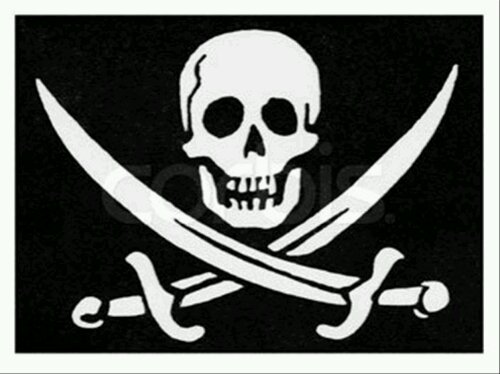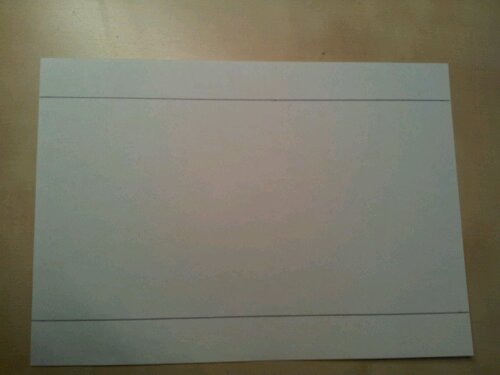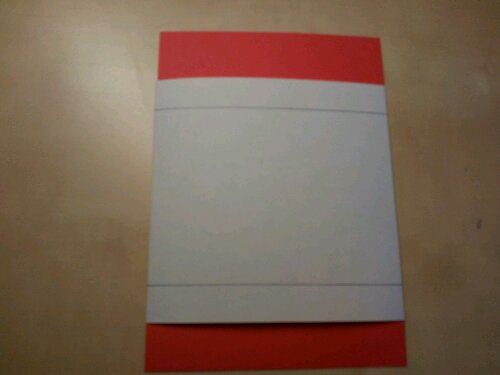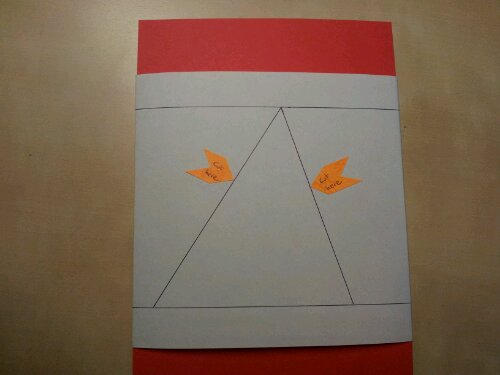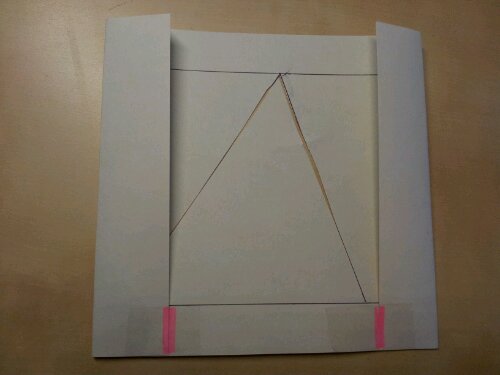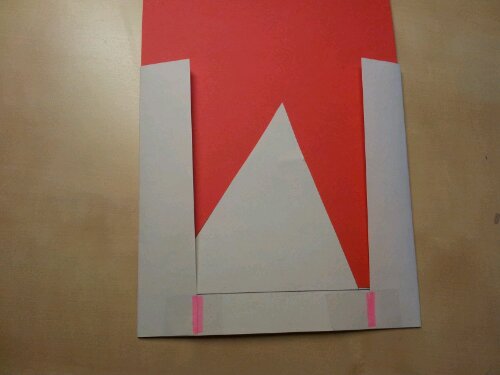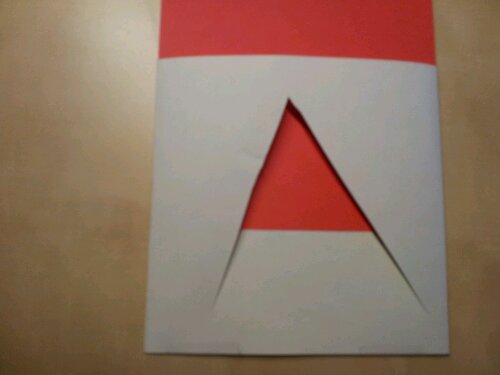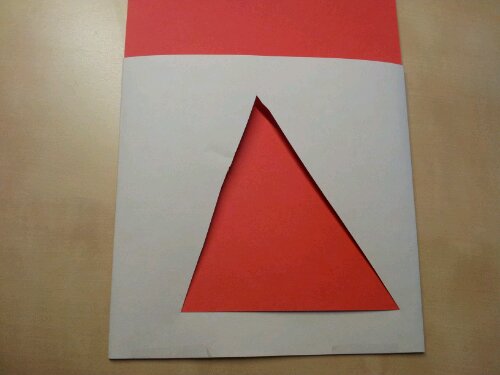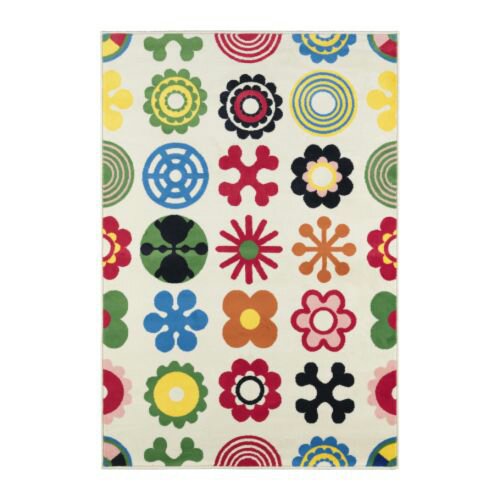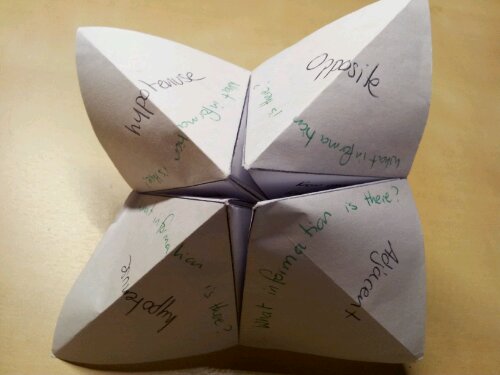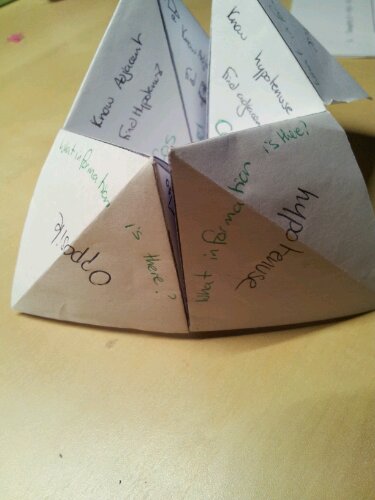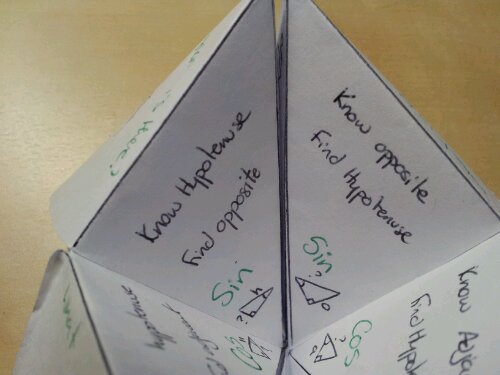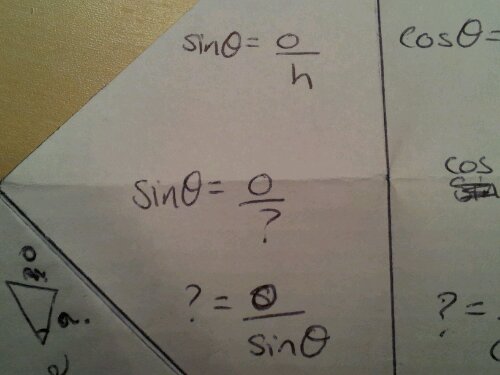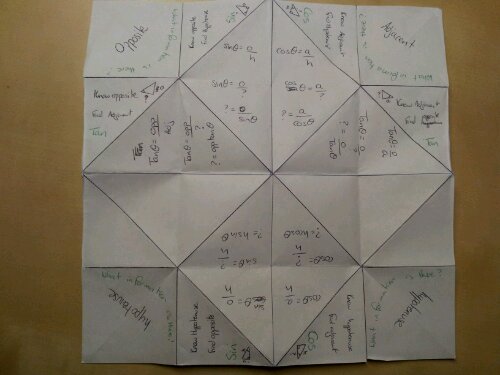This is a simple compass directions game which can be extended as you see fit. The basic concept was thought up by some KS3 pupils who were designing an activity for KS2 pupils.
Aim
To practise using compass directions (4 or 8).
To develop the concept of bearings (extension)
Equipment
Chalk
Coloured tokens (or equivalent) – optional
Compasses – optional
Dressing up hats – optional
Set Up
At opposite sides of the playground draw out two boat shapes. Draw a compass half-way between them.
Pick a pirate captain and first mate.
Pick a Navy captain and first mate.
This is where any dressing up hats make it fun.
Split the rest of the class randomly into pirates or sailors – tokens can help here.
Compass Game
Each captain must stay in their ship.
The class spread out across the playground. The first mates are rescuing their crewmates based on their captains’ instructions.
Each captain shouts instructions eg 4 steps north, 2 steps west.
(The instructions can be varied depending on the level of difficulty eg 5 steps NW).
Once a crewmate is reached, they ‘swim’ back to their boat.
Variation: If a sailor rescues a pirate (or vice-versa), they are held hostage for 10 seconds.
Winners
The first team to rescue their whole crew.
Variation:
When a person is rescued, the first-mate becomes the captain and the rescued person becomes first-mate. In this way lots of pupils get to practise using directions.
If you need a quieter version of this activity, the captains can hold up mini whiteboards with directions, rather than shouting.
Extension
Develop the concept of bearings with the first mate starting next to the captain and following a bearing.

